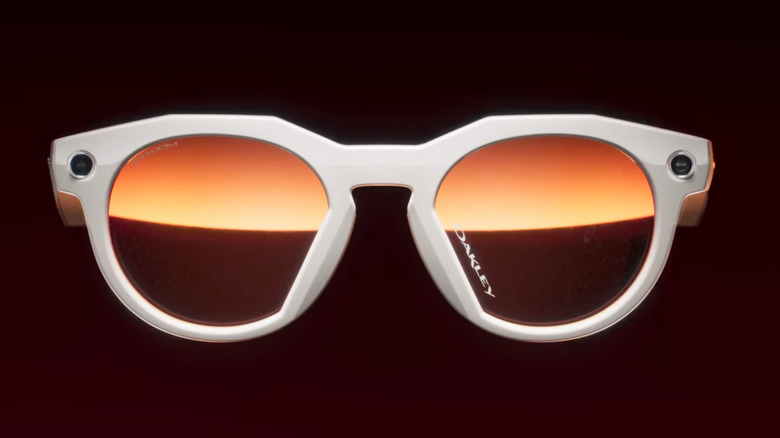Oakley Meta Glasses Vs Ray-Ban Meta: What's The Difference?
Meta has just launched a fresh pair of camera-equipped smart glasses in partnership with Oakley, pushing them as a sportier alternative to the style-focused Meta Ray-Ban smart glasses. Officially sold under the Oakley Meta HSTN name, the new smart glasses offer a few crucial upgrades over their Ray-Ban siblings, ranging from a sturdier build and better battery life to improved video capture capabilities and more advanced lens options. Of course, the price has also gone up. The standard Oakley Meta glasses will start at $399 when they hit the shelves in the Summer season, while the limited edition HSTN variant will go for pre-orders in July, carrying a price tag of $499.
Let's start with the styling options first. Meta says its Oakley-branded smart glasses will be available in half a dozen frame and lens color combinations, which include four frame color choices and options between PRIZM, Transition, and clear lenses. The build is IPX4-rated, which means they can handle sweat exposure with ease. The real attraction is the PRIZM lens, which Meta claims has been especially engineered to manipulate light rays at the molecular level.
"This revolutionary technology fine-tunes the light spectrum, amplifying color while filtering out visual noise," the company said in a blog post. Of course, these glasses embrace the full suite of Meta AI tricks, and the usual communication perks such as handling voice and video calls, sending messages across WhatsApp and Messenger, and compatibility across Android and iPhone, while the Meta AI mobile app serves as the companion.
Which one is the right pick?
As far as the differences go, the biggest one is the hit on your wallet. The Ray-Ban Meta smart glasses start at $299, while the Oakley Meta variant will set you back by $399 at the very minimum. The styling is different, of course, but the internal upgrades are even more meaningful. The Ray-Ban variant relies on a 12-megapixel ultrawide sensor that can capture full-HD (or 1080p) videos, while the 12-megapixel standard-field camera on the Oakley version can record higher-resolution 3K videos.
Together with Meta, we are are proud to launch #OakleyMeta, a new category of Performance AI glasses for athletes and fans alike. Read more: https://t.co/qdDNmMLMil pic.twitter.com/oebDAbfh31
— EssilorLuxottica (@EssiLux) June 20, 2025
Another crucial difference is the battery life. The Ray-Ban Meta glasses can only last four hours on a single charge, while the charging case takes the longevity figures to 36 hours. On the Oakley Meta smart glasses, you get eight hours of battery life, while the charging cases will give you 40 hours of usage. The company is also touting fast charging chops on its latest wearable, promising 80% top-up in 45 minutes, and 50% charge in just 22 minutes.
As for the remaining goodies, you get open-ear directional speakers that can handle audio streams via Bluetooth, while controls are handled by a touchpad on the right temple. Coming to the compatibility part, you'll need a phone running iOS 15.2 or Android 10 at the very least. Meta says these smart glasses are tailored for "life on the field, trail, or track, with everyday use cases." These smart glasses will be sold officially via Meta and Oakley's websites. Meta hasn't said whether the Ray-Ban models will be discontinued, considering the initial market struggles of some models.

